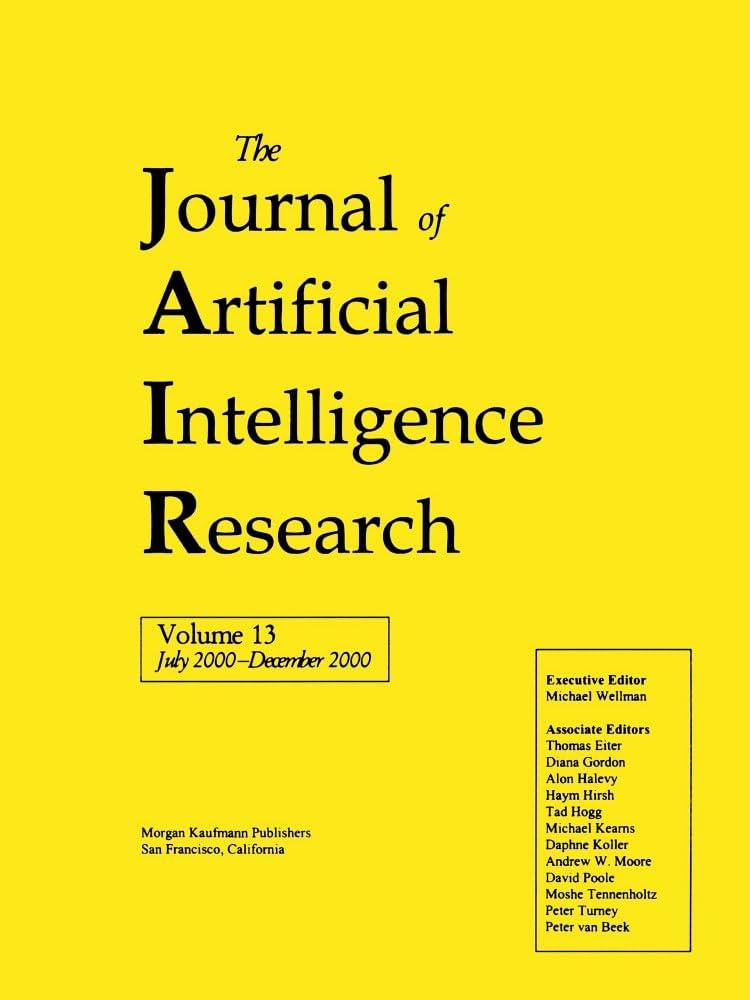人工智能时代的责任制度:用例驱动的举证责任分析
IF 4.5
3区 计算机科学
Q2 COMPUTER SCIENCE, ARTIFICIAL INTELLIGENCE
引用次数: 1
摘要
由人工智能(AI)驱动的新兴技术有可能颠覆性地改变我们的社会,使其变得更好。特别是,数据驱动的学习方法(即机器学习(ML))已经成为各种应用领域中多种技术进步的真正革命。但与此同时,人们越来越担心这些方法的某些内在特征会对安全和基本权利带来潜在风险。虽然在收养过程中有尽量减少这些风险的机制(例如安全条例),但这些机制并不排除发生伤害的可能性,如果发生这种情况,受害者应该能够寻求赔偿。因此,责任制度将在确保对使用这些系统或与之互动的受害者提供基本保护方面发挥关键作用。然而,人工智能系统固有的风险特征,如缺乏因果关系、不透明、不可预测性或其自我和持续学习能力,可能会在证明因果关系时导致相当大的困难。本文提出了三个案例研究,以及达到它们的方法,说明了这些困难。具体来说,我们讨论了清洁机器人、送货无人机和教育机器人的情况。拟议分析的结果表明,需要修订责任制度,以减轻涉及人工智能技术的案件中受害者的举证责任。本文出现在人工智能与社会轨道上。本文章由计算机程序翻译,如有差异,请以英文原文为准。
Liability regimes in the age of AI: a use-case driven analysis of the burden of proof
New emerging technologies powered by Artificial Intelligence (AI) have the potential to disruptively transform our societies for the better. In particular, data-driven learning approaches (i.e., Machine Learning (ML)) have been a true revolution in the advancement of multiple technologies in various application domains. But at the same time there is growing concern about certain intrinsic characteristics of these methodologies that carry potential risks to both safety and fundamental rights. Although there are mechanisms in the adoption process to minimize these risks (e.g., safety regulations), these do not exclude the possibility of harm occurring, and if this happens, victims should be able to seek compensation. Liability regimes will therefore play a key role in ensuring basic protection for victims using or interacting with these systems. However, the same characteristics that make AI systems inherently risky, such as lack of causality, opacity, unpredictability or their self and continuous learning capabilities, may lead to considerable difficulties when it comes to proving causation. This paper presents three case studies, as well as the methodology to reach them, that illustrate these difficulties. Specifically, we address the cases of cleaning robots, delivery drones and robots in education. The outcome of the proposed analysis suggests the need to revise liability regimes to alleviate the burden of proof on victims in cases involving AI technologies.
This article appears in the AI & Society track.
求助全文
通过发布文献求助,成功后即可免费获取论文全文。
去求助
来源期刊

Journal of Artificial Intelligence Research
工程技术-计算机:人工智能
CiteScore
9.60
自引率
4.00%
发文量
98
审稿时长
4 months
期刊介绍:
JAIR(ISSN 1076 - 9757) covers all areas of artificial intelligence (AI), publishing refereed research articles, survey articles, and technical notes. Established in 1993 as one of the first electronic scientific journals, JAIR is indexed by INSPEC, Science Citation Index, and MathSciNet. JAIR reviews papers within approximately three months of submission and publishes accepted articles on the internet immediately upon receiving the final versions. JAIR articles are published for free distribution on the internet by the AI Access Foundation, and for purchase in bound volumes by AAAI Press.
 求助内容:
求助内容: 应助结果提醒方式:
应助结果提醒方式:


